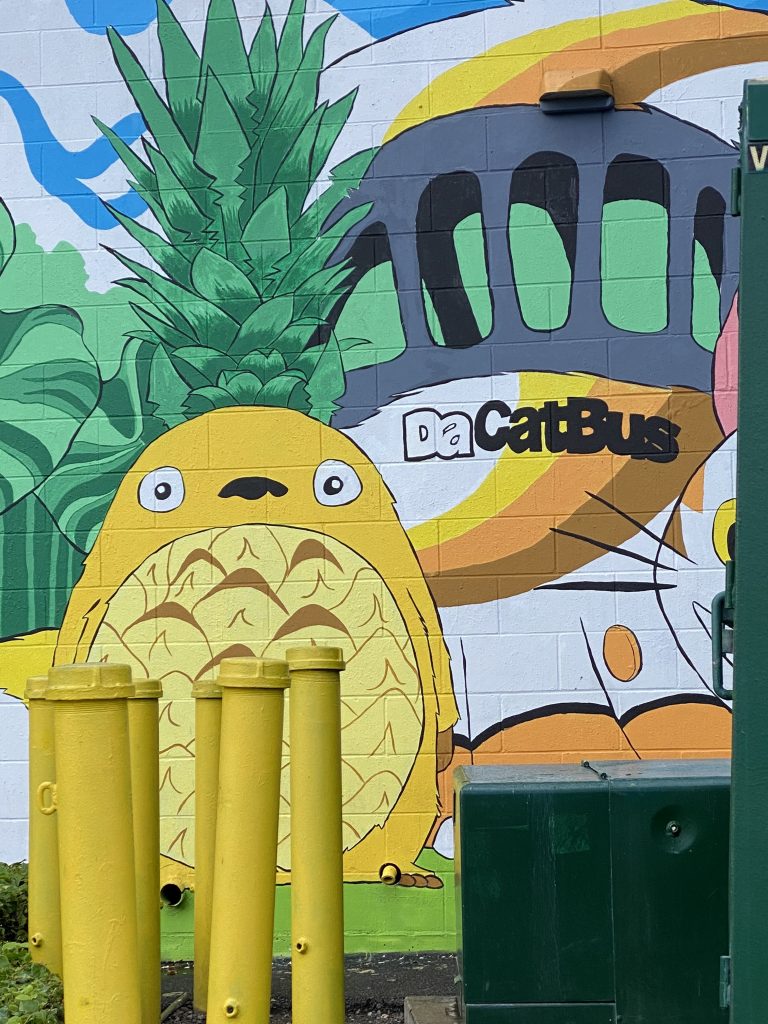Some things to think about before beginning your research:
What is the purpose of your research?
- Does your research make a clear contribution to knowledge/your field?
- What would you like to achieve with your study?
- What theories will you draw on?
- What efforts will you make to lessen any bias you might have concerning your research/participants?
If your research involves interacting with Pidgin speakers, how will it affect them?
- Will your findings help your research participants? If so, how?
- How will it affect the Pidgin-speaking/non Pidgin-speaking community?
- How will it affect the local community in general? (Pidgin-speaking and Non Pidgin-speaking)
Have you thoroughly considered the costs/benefits of your research?
- What are the possible benefits?
- Who will benefit and how?
- What possible damage/harm may come of your research?
- What strategies will you use to minimize possible damages?
- How will you cope with difficulties that may arise due to the nature of field research on Pidgin?
Some things to think about for Pidgin research
How well do you understand the history of Pidgin in Hawai`i?
Hawai`i was first visited by Europeans in 1778, and it quickly became an important stopover for ships involved in whaling and trading with Asia. At this time, some of the expressions from the Pidgin English of China and the Pacific were introduced to Hawai`i.
The first sugarcane plantation was established in 1835, and the industry expanded rapidly in the last quarter of the century. Thousands of laborers were brought from China, Portugal, Japan, Korea, Puerto Rico, Russia, Spain, the Philippines and other countries. With so many nationalities, a common language was needed on the plantations. At first, this was Hawai’ian and Pidgin Hawai’ian, but later in the century a new variety of pidgin began to develop.
In the 1870s immigrant families began to arrive and more children were born on the plantations. Children learned their parents’ languages and picked up English at school. But the kind of English they spoke on the playground was influenced by the Pidgin English earlier brought to Hawai`i, by the Hawai’ian spoken by their parents, and by their own first languages, especially Portuguese.
By the turn of the century a new Hawai`i Pidgin English began to emerge with features from all of these sources. This pidgin became the primary language of many of those who grew up in Hawai`i, and children began to acquire it as their first language. This was the beginning of Hawai`i Creole English. By the 1920s it was the language of the majority of Hawai’i’s population. (Da Pidgin Coup, 1999, p. 5-6)
For more information: http://www.une.edu.au/langnet/hce.htm#bkgd-hce
How well do you understand the current role of Pidgin in Hawai’i?
Despite slight increases in active support for HCE over the years, it was not until the late-1980’s when “positive attitudes toward the use and maintenance of HCE were explicitly articulated by different segments of the community and implicitly endorsed by some elements in the local mass media” (Sato, 1989, p. 202). In the summer of 1987, the Hawai’i Board of Education (BOE) put together a policy proposal ordering that “Standard English be the mode of oral communication for students and staff in the classroom setting and all other school related settings except when the objectives cover[ed] native Hawai’ian or foreign language instruction and practice” (Sato, 1989, p. 202).
Immediately following the release of this proposal, a strong public chorus of disapproval rang out against the disparagement of Hawai’i Creole English in the public school system. The level of public response to the Board’s actions was unprecedented. Letters flooded the newspapers, and radio talk shows and television news programs carried the controversy every day for a week in September, featuring interviews with BOE members, DOE administrators, teachers, students, and university researchers . . . Never before in Hawai’i’s history had such widespread, frequently rational, discussion of language politics consumed the community. (p. 203).
This marked a turning point in state language policy in that many members of the local community were finally able to step forward and argue that “HCE was a vital aspect of local identity, and that the acquisition of SE should not result in the loss of HCE” (Sato, 1989, p. 203). Even so, inaccurate ideas that Hawai’i Creole English is a form of “bastardized speech” (Mondoy, 2001), “promotes backward thinking” (Sato, 1989, p. 204), and is “a cultural disease that is leading to the intellectual demise of its practitioners” (Apo, 1999), are still unmistakably inherent in the local community today.
Fortunately, positive recognition for Pidgin is on the rise. The increasing positive role of HCE is evident in local contemporary literature, plays, the media, etc.
References
Apo, P. (1999). Can civilized dialogue be held on pidgin? Honolulu Star-Bulletin. Retrieved September 22, 2003, from http://starbulletin.com/1999/12/15/editorial/letters.html.
Da Pidgin Coup. (1999). Pidgin and Education. University of Hawai’i.
Mondoy, K. (2001). There’s a place for pidgin. Honolulu Star-Bulletin. Retrieved October 1, 2003, from http://starbulletin.com/2001/04/27/editorial/gathering.html.
Sato, C. (1989). Language attitudes and sociolinguistic variation in Hawai’i. English around the world: Sociolinguistic perspectives. Cambridge: Cambridge University.
General research ethics
Professional Guidelines
Office of Human Subjects Research
UH Institutional Review Board: Committee on Human Studies
Codes of Ethics
American Anthropology Association




